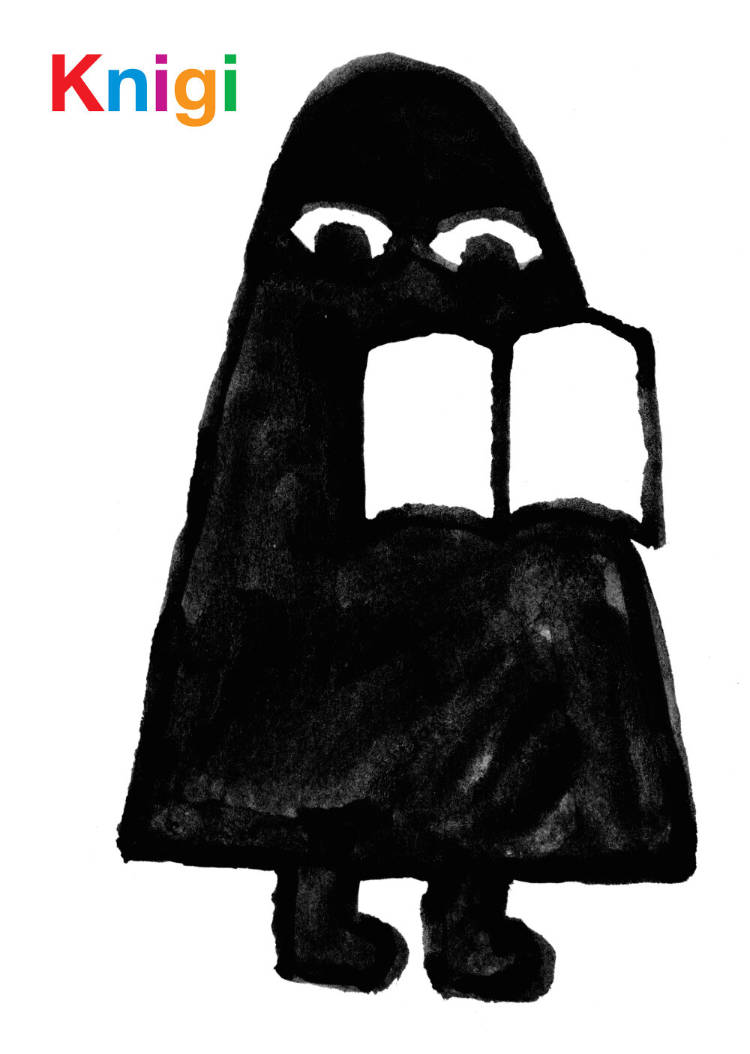
Taalbarrière
The book Taalbarrière brings together reproductions of a drawing's series linked to an audio creation about the border and the language barrier in Belgium through the eyes of secondary school pupils who are learning the language of the other community, French or Dutch.







